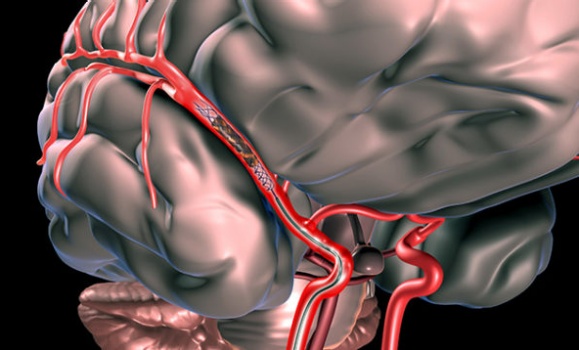Stories
» Go to news mainOptimal Transport Scenario for Access to Endovascular Therapy With Consideration of Patient Outcomes and Cost

Abstract
Introduction:
For an ischemic stroke patient whose onset geographically occurs outside of the catchment area of an EVT enabled facility and whose stroke is suspected to be caused by an occlusion in a large vessel of the brain, a transportation dilemma exists. Bypassing the nearest stroke hospital will delay tPA but expedite EVT. Not bypassing allows for confirmation of an LVO diagnosis before transfer to a CSC, but ultimately delays EVT. Air transportation can reduce a patient’s overall time to treatment. However, air transportation is costly.
Methods:
In a previously published model probability functions were developed to predict the outcome of a patient who screened positive for an LVO in the field based on how the patient was transported, Drip and Ship (PSC first, then CSC) or Mothership (direct to CSC). The addition of rotary wing transportation was conditionally applied to inter-facility transfer scenarios where it provided a time advantage. Transportation cost functions were created to include both fixed and variable costs as well as probabilities that model the likelihood of air transport providing a time advantage, air-worthy weather, and air resource availability. Both outcome and cost functions were developed for Mothership scenarios and for Drip and Ship scenarios including transfers via either ground or air depending on the conditional probabilities.
Results:
The figure shows the results of the model for location scenarios with 60 and 90 minutes between the thrombolysis only center and EVT capable center. Three efficiency scenarios are also shown in the figure: 1) both hospitals are efficient; 2) thrombolysis center is inefficient; and 3) both hospitals are inefficient.
Conclusions:
In some scenarios, both outcome and cost can be optimized to indicate whether Drip and Ship or Mothership is preferred. However, scenarios exist where outcome and cost are divergent. In divergent scenarios cost can be minimized at the expense of patient outcomes.
Recent News
- Dr. Abraham receives CAIR Award
- Thank you to everyone who joined us for the 30th anniversary Radiology Research Day on May 8th!
- Nova Scotia’s Lung Screening Program expanding to Cape Breton, eastern mainland
- Donor‑supported nuclear medicine technology attracts top medical talent to the QEII
- Building Critical Skills at the Dalhousie Physician Leadership Workshop for Women in Radiology
- CAR/CSTR Practice Guideline on CT Screening for Lung Cancer
- CAR/CSACI Practice Guidance for Contrast Media Hypersensitivity
- CAR Practice Guideline on Bone Mineral Densitometry Reporting: 2024 Update
